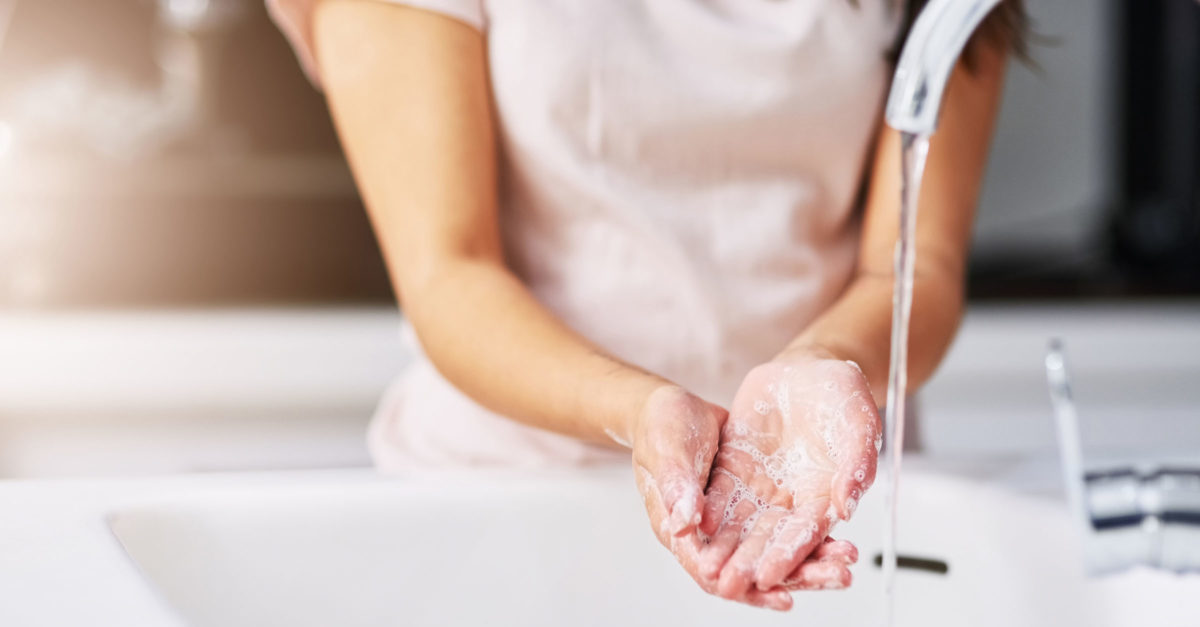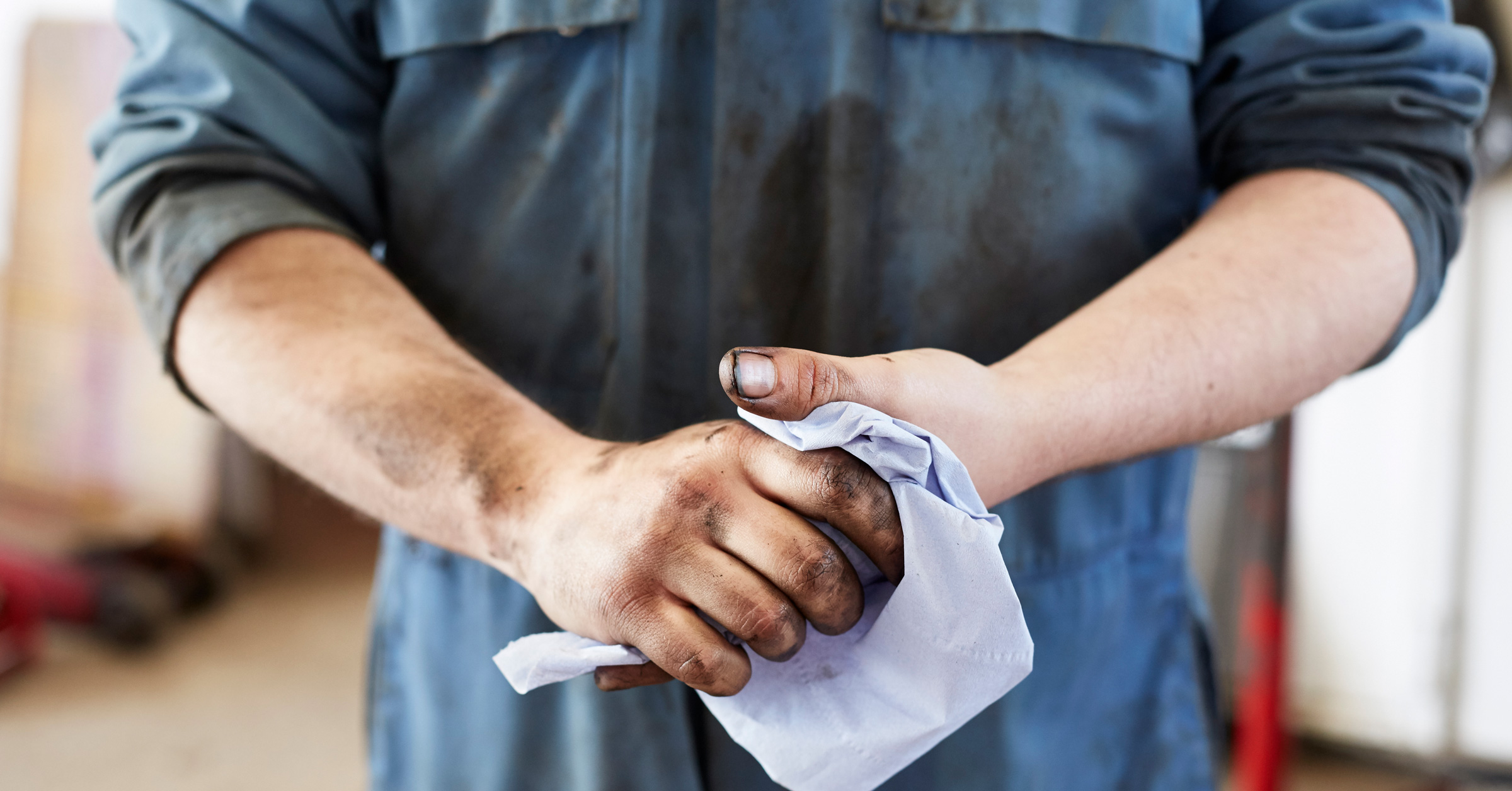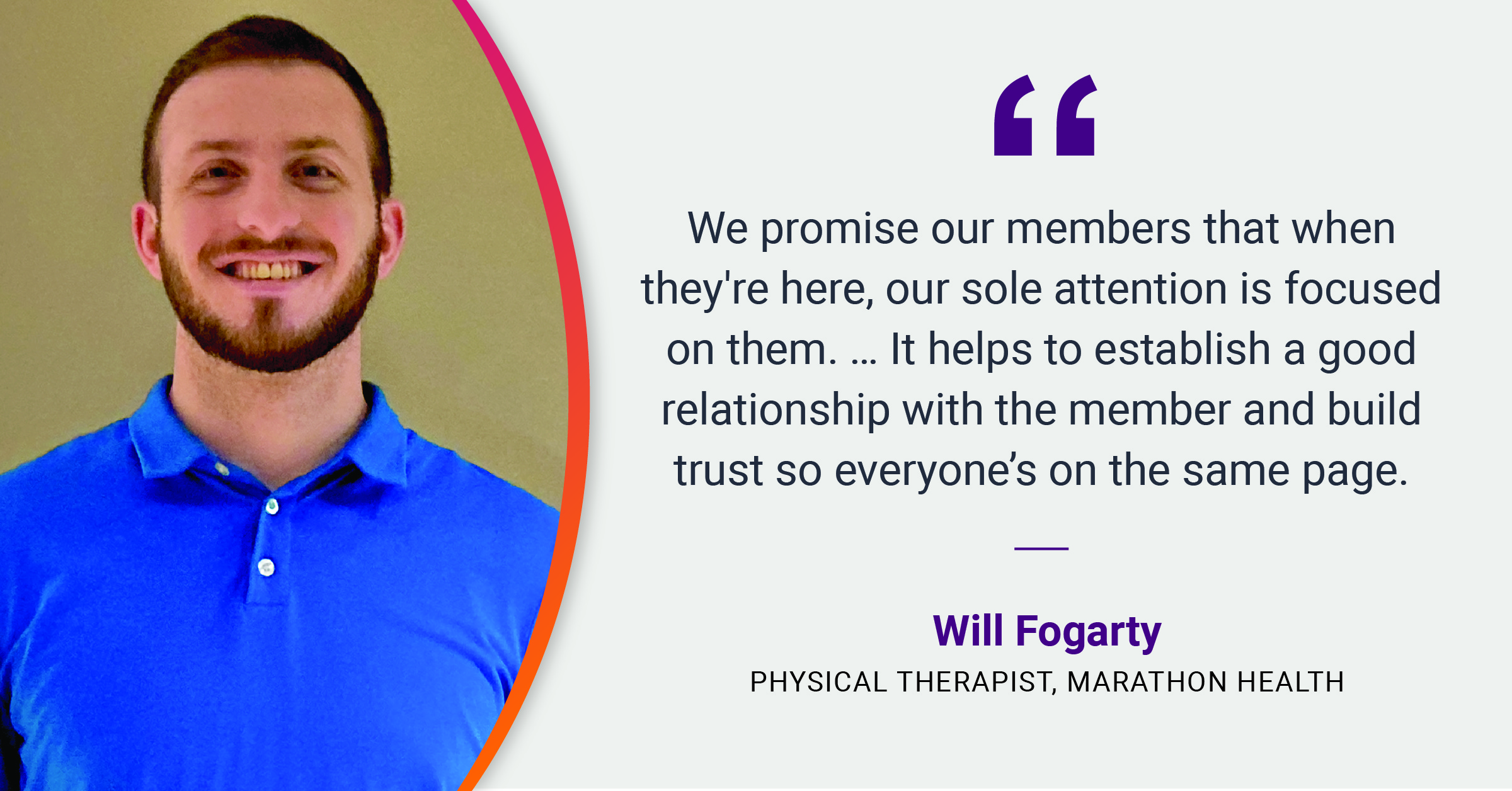When protecting our families, communities, and workforces against the spread of COVID-19, it is important to consider implementing mitigation strategies. Utilizing tools and strategies, such as those found in our Return to Business Playbook, are crucial for returning to the workplace and civic life in a safe and responsible way. In last week’s blog, we touched on the importance of thoughtful communications and considerations for employees during this time. This week, we will be focusing on mitigation strategies to help reduce the spread of COVID-19.
Source Control
Beyond discouraging ill employees from entering the workplace, consider every person as a potential carrier of the virus. We want to keep employees from depositing the virus on communal surfaces or infecting other employees. To assist in these efforts, encourage social distancing (six feet in all directions), discourage handshakes or other direct contacts, and consider removing access to high-touch areas that may increase transmission.
When social distancing is not possible or when in common areas, employees and guests should always wear cloth or surgical masks to avoid distributing respiratory droplets and aerosols when talking, clearing the throat, coughing, or sneezing. According to the CDC, many of those infected may have mild or no symptoms. If employees are not wearing a face mask, there is a greater chance that they could give COVID-19 to someone who is at a higher risk of severe illness or death – including a friend or family member. Click here for more information about when and how to use face masks.
Environmental Control
Once the virus has been aerosolized or deposited on a surface, that surface/environment should be disinfected as quickly as possible. This means frequently cleaning all high-touch surfaces, increasing the frequency of ‘deep cleaning,’ and cleaning all the moderate and low-touch surfaces. Another measure is increasing the workplace ventilation to remove aerosolized particles and increase the fresh air mix in the environment. Strategies employers can use to keep the environment safe may include:
- Putting out sanitizing wipes and increasing the number of handwashing stations to keep surfaces clean.
- Eliminating the use of shared cups, plates, etc. in communal kitchen areas.
- Adding in physical barriers to keep droplets contained as much as possible.
Self-Control
To prevent infection, it is imperative to avoid touching our faces, food, drinking glasses, etc. without first washing our hands. As mentioned above, the use of handwashing stations and hand sanitizer need to be readily available and encouraged. Similarly, even something as simple as passing work materials from one set of hands to the next has the potential to transmit the virus as well and should be minimized without first sanitizing.
This new way of interacting with one another is not second nature – it is important to check yourself and alter behaviors in order to keep yourself and your communities safe.
For more strategies and tools to help mitigate the spread of COVID-19, download our Return to Business Playbook.
You might also like
Subscribe to our newsletter and stay on the cutting edge of worksite healthcare.











